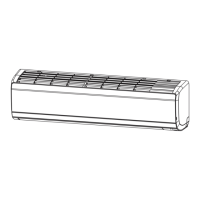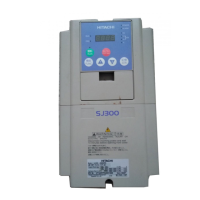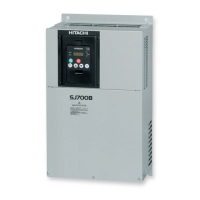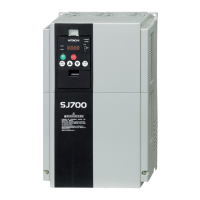Glossary
Appendix A
A–4
Frequency Setting
While frequency has a broad meaning in electronics, it typically
refers to motor speed for variable-frequency drives (inverters). This
is because the output frequency of the inverter is variable, and is
proportional to the attained motor speed. For example, a motor with
a base frequency of 60 Hz can be speed controlled with an inverter
output varying form 0 to 60 Hz. See also base frequency, carrier
frequency, and slip.
Harmonics
According to Fourier Series mathematics, a periodic (repeating)
function (waveform) can be expressed as a the summation of a
series of pure sine waves of related frequencies. The lowest
frequency is the fundamental, while all the other wave components
are called harmonics. The square waves used in inverters produce
high-frequency harmonics, even though the main goal is to produce
lower-frequency sine waves. These harmonics can be harmful to
electronics (including motor windings) and cause radiated energy
that interferes with nearby electronic devices. A choke is sometimes
used to suppress the transmission of harmonics in an electrical
system. See also choke.
Horsepower
A unit of physical measure to quantify the amount of work done per
unit of time. You can directly convert between horsepower and
Watts as measurements of power.
IGBT
Insulated Gate Bipolar Transistor
(IGBT) - a semiconductor
transistor capable of conducting very large currents when in satura-
tion and capable of withstanding very high voltages when it is off.
This high-power bipolar transistor is the type used in Hitachi invert-
ers.
Inertia
The natural resistance a stationary object to being moved by an
external force. See also momentum.
Intelligent Terminal
A configurable input or output logic function on the Hitachi invert-
ers. Each terminal may be assigned one of several functions.
Inverter
A device that electronically changes DC to AC current through a
alternating process of switching the input to the output, inverted and
non-inverted. A variable speed drive such as the Hitachi SJ100 is
also called an inverter, since it contains three inverter circuits to
generate 3-phase output to the motor.
Isolation Transformer
A transformer with 1:1 voltage ratio that provides electrical isola-
tion between its primary and secondary windings. These are
typically used on the power input side of the device to be protected.
An isolation transformer can protect equipment from a ground fault
or other malfunction of nearby equipment, as well as attenuate
harmful harmonics and transients on the input power.
Jogging Operation
Usually done manually, a jog command from an operator’s panel
requests the motor/drive system to run indefinitely in a particular
direction, until the machine operator ends the jog operation.
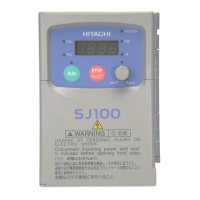
